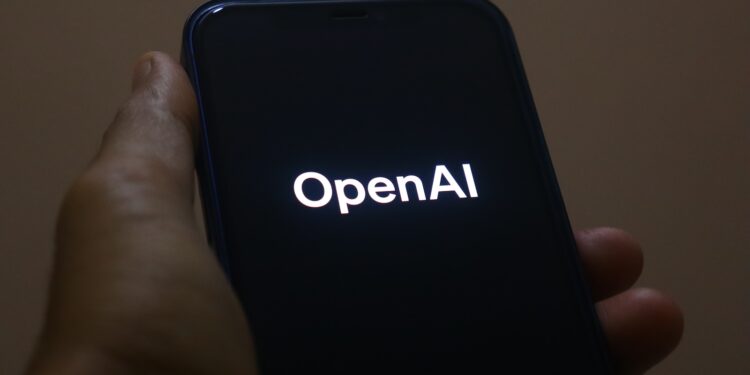OpenAI has released two new AI models: gpt-oss-20b and gpt-oss-120b. The company is responding to the growing demand for locally usable language models. The models are now available for free download and can be run on your own computers without an internet connection—provided you have the right hardware.
Since its founding in 2019, OpenAI has increasingly focused on high-performance, cloud-based models. Open models were largely absent for a long time. With the success of open alternatives, especially from China such as DeepSeek, pressure has increased on OpenAI to refocus on openness. The two new models mark the first step in this direction in several years.
Two models for different performance levels
The new release includes two variants: gpt-oss-20b and gpt-oss-120b. Both models can be run locally—ideal for developers who want to work independently of cloud services.
- OpenAI describes gpt-oss-20b as a mid-range model. It requires at least 16 GB of VRAM or unified memory, making it suitable for high-end consumer GPUs and Apple Silicon Macs. Users of MacBook Pros or Mac Studio processors with M1, M2, M3, or M4 chips will particularly benefit from the optimized performance.
- The gpt-oss-120b is significantly larger and more powerful. Full operation requires at least 60 GB of VRAM or unified memory. This model is therefore designed for desktop systems and workstations with powerful hardware. It offers more capacity for complex tasks, but is also significantly more resource-intensive.
What distinguishes open-weight models
OpenWeight models can be downloaded and run locally. No connection to an OpenAI server is necessary. This means full control over data and processes, no dependence on API access or cloud availability, and the ability to build your own applications or services based on the model. This is a decisive advantage, especially for developers and companies with sensitive data or specific requirements. Such models also offer greater flexibility for research or testing scenarios where offline work is important.
Technological context and strategic importance
In recent years, OpenAI has primarily worked with models such as GPT-3.5 and GPT-4 – all cloud-based and not publicly accessible. The fact that two new models are now being released demonstrates that the company is responding to market pressure. Providers such as DeepSeek from China, in particular, have proven that modern open-weight models meet strong demand. OpenAI is now reintroducing itself into this niche with gpt-oss-20b and gpt-oss-120b. While the new models are not the most powerful systems OpenAI has developed internally, they specifically meet the need for locally executable, transparent language models. For many applications, the offered performance is perfectly sufficient – especially when data protection, independence, or adaptability are paramount.
OpenAI returns to more openness
With the release of gpt-oss-20b and gpt-oss-120b, OpenAI is returning to a more open modeling approach. Both versions are freely accessible, locally executable, and can be used differently depending on the hardware. Support for Apple Silicon Macs, in particular, should be of interest to many developers and smaller teams. Even though these two models aren't among the absolute top performers, they mark a strategic step. OpenAI is opening up again – and clearly positioning itself against the growing competition in the open-source AI field. (Image: Shutterstock / Photo Agency)
- New ChatAI app: Bragi and OpenAI combine their strengths
- ChatGPT Agent: OpenAI now lets AI solve tasks itself





